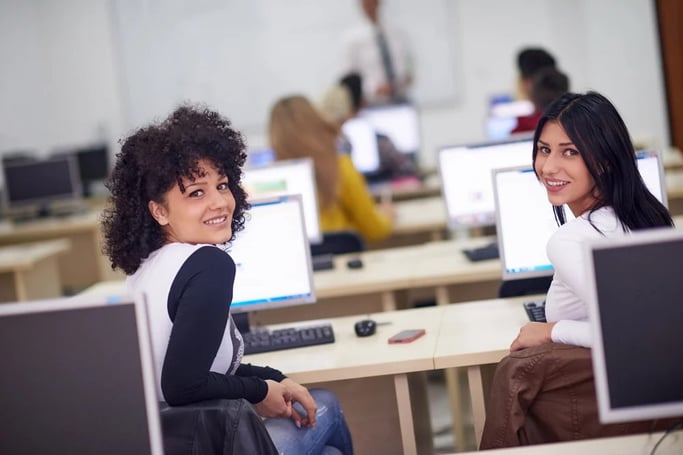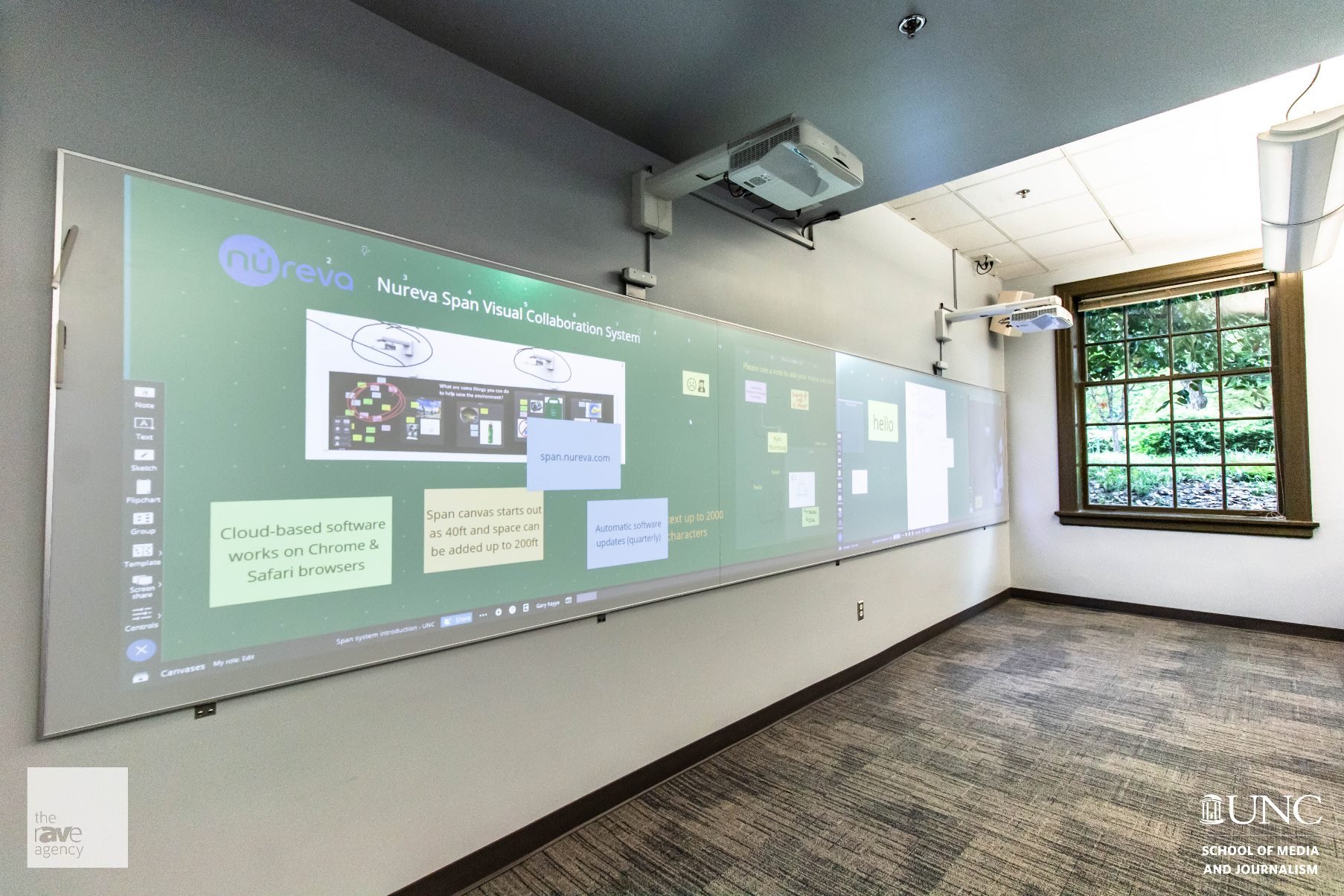
In an age where technology has rapidly evolved, so has the landscape of educational institutions. SMARTBoards, laptops, digital whiteboards, and other wireless technology has allowed the traditional classroom setting to no longer be the only method of learning.
Hybrid learning, a combination of remote and in-person instruction, has the potential to revolutionize the way children and young adults receive their education. Students can reap the benefits of traditional education while also taking advantage of and learning how to use new technologies.
In the traditional classroom setting, there is a single teacher and a single method of instruction; though this has worked for years, it is not the only way to learn. Hybrid learning combines the educator’s guidance with independent study, allowing each student to learn in the method that suits them best. For example:
- Students are able to self-pace their learning, meaning they can work through material at their own speed and review materials as needed.
- Tests, projects, and assignments can be assigned online and graded asynchronously – which helps to conserve precious classroom time.
- With access to online lectures, interactive whiteboards, and classmates, learning experiences can be further enhanced, extended, and diversified.

Students are not the only party to benefit from this. With the addition of technology, educators have a massive list of benefits too:
- They are no longer confined to teaching within the physical classroom, enabling them to reach more students in various locations.
- They can now more easily modify material to suit the particular needs of their students, whether they are distant, differently abled, or in need of specialized education.
- Hybrid learning also offers teachers portals to student tracking and analytics, thus allowing them to better understand their student’s learning behaviors, strengths and challenges.
Perhaps the most important advantage of hybrid learning is its ability to make learning more accessible. It can help reach students in rural or low-income areas who might not otherwise be able to obtain a quality education. The reduction in classroom materials, such as textbooks and stationary, leads to substantial savings for students and teachers alike. It also allows for a more diverse student-teacher population, allowing students to learn from educators from different geographical areas and cultural backgrounds.
The opportunities for hybrid learning are immense, and its emergence is inevitable. As technology continues to advance, we can expect hybrid learning to grow and become a mainstay in educational institutions. After all, it has the potential to be more effective and productive than traditional methods of instruction – something we at Smarter Systems strive to constantly keep contributing to.
If you’re interested in utilizing technology to reach your students in new and innovative ways, we are here for you. We have provided a broad range of educational solutions all over the Carolinas and beyond, and we have an abundance of ideas to help you invigorate your students and teachers’ learning. Contact us below to get started!

